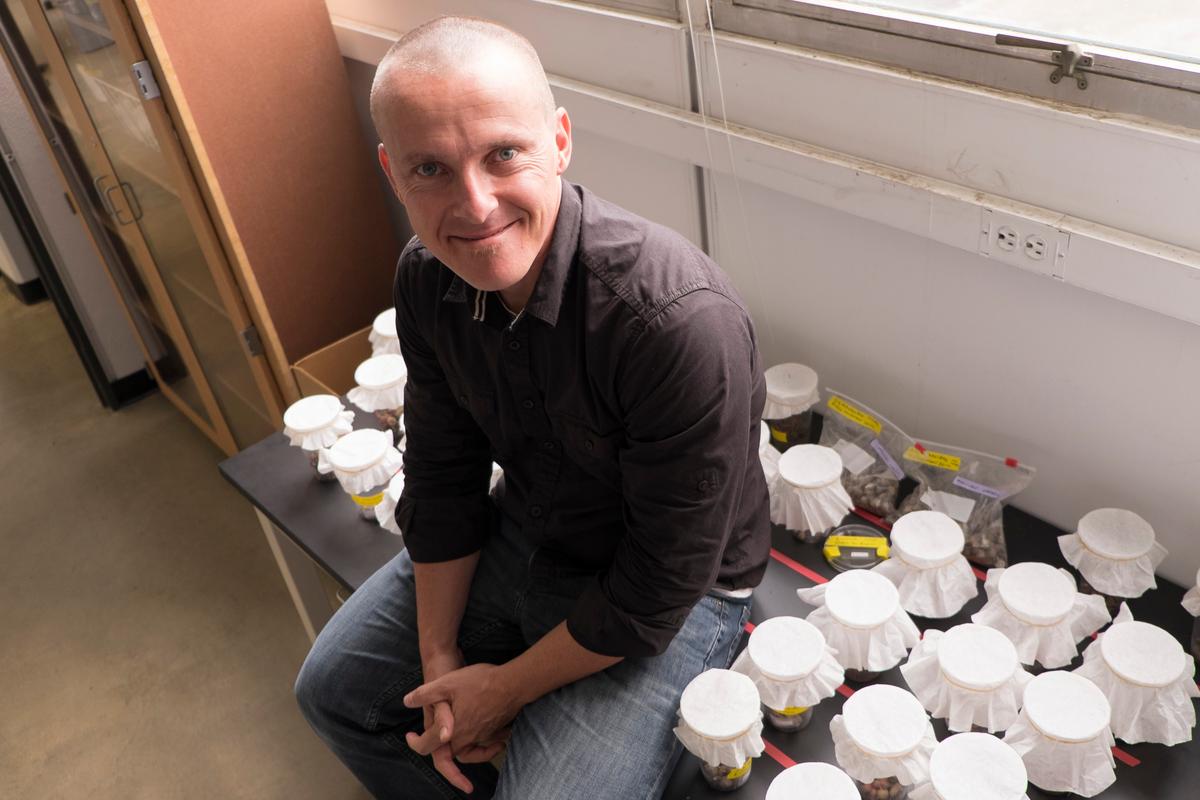Researchers led by Rice University Professor Scott Egan have received a $1 million grant from the U.S. Department of Agriculture to detect genetically modified organisms (GMOs) in the environment.
The research team is developing a tool Egan said is the ecologist’s version of a Star Trek tricorder, according to an Oct. 10 university news release.
The device, called a light transmission spectrometer (LTS), is already able to detect signs of genetically modified DNA in water samples and the team is now refining the technology.
The device uses light, which is absorbed and fragmented by particles on the nanoscale. Nanoparticle physicists are then able to analyze how the light interacts with those particles to measure and interpret the genetic composition.






